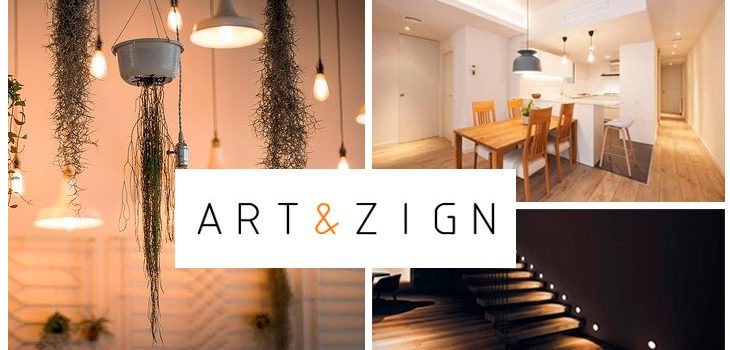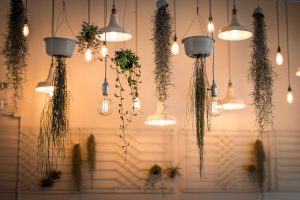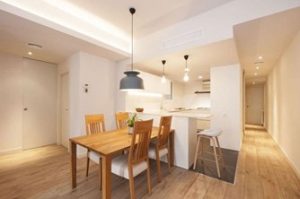 Non classé
Non classé
The 7 golden rules of interior lighting
Interior design could not be complete without perfect interior lighting.
The 7 golden rules of interior lighting are crucial when designing, planning and decorating a space. Without it, you would not be able to appreciate the great architectural work that has been created.
In the world of interior decoration, you have to know how to take advantage of absolutely everything, and start working with one specific thing as a reference: lighting. Knowing what elements will make up the rooms is an excellent clue, to determine what type of interior lighting is the most appropriate, what style of lamp will be the right one, how much lighting you will need, and so a varied list of structural options unfolds, according to the lights.
Why is correct lighting important?

Lighting is an infallible tool in the life of interior designers. Thanks to their knowledge and creativity, designers can stack groups of common elements and combine them together to create a work of art.
For example, a modern wooden furniture with minimalist details and sober colors can be a great decorative idea for a room, the walls with pastel shades and light colors, and a bright and shiny ceramic floor. These pieces, within a room, would look good on their own, but together they decorate the room. Now, none of this could be appreciated without the right lighting.
If it were a totally closed room, with no natural light coming in or artificial lights installed, the room would be completely dark, and there would be no way to see what is inside.
That is why it is vital to know the 7 golden rules of interior lighting.
7 golden rules of interior lighting
By following these rules, you will be able to light up any room, and allow every element within it to shine and be pleasing to the eye.
Here are the 7 golden rules:
Rule #1: initial assessment
In this first stage, you analyze and evaluate the space, room or place where lighting will be required. It is necessary to know what physical and decorative elements will be used in the room, to achieve a better success in the choice of lights.
With the analysis previously done, it will be much easier to determine what type of lighting you will want, in what specific place you will place the lights, what lights you like the most and what type of lights will combine, according to the room or place to decorate.
Rule #2: the type of light you will choose
For interior lighting, there are several types of illuminations, which guarantees a specific purpose. For example:
- General lighting: it is obtained by using wide beam optics, while emitting a direct and/or indirect light. This type of light helps to perceive the volumes of the space as a whole.
- Focal lighting: basically, it focuses on a specific point, and illuminates it completely. Its intention is not to dazzle, but neither to generate shadows.
- Decorative lighting: it fulfills the function of beautifying and decorating, through the use of lights.
Knowing these types of lighting will facilitate your work, in making decisions about which interior lighting to use.
Rule #3: the use of natural light
Natural light will always be more functional than artificial light, and you should be very clear about that. However, there are environments where both lights can work together and create a beautifully lit space.
Even so, keep in mind that natural light is not always the most suitable for crowded or frequently used spaces. Natural light can only be taken advantage of during the day, when the sun has not yet gone down, and it is for that reason that artificial light and natural light are the best ally, for rooms with the most use.
Rule #4: balance lighting
As we mentioned in rule #2, the types of interior lighting will be paramount to complete rule #4. The balance between a room and the use of lights is essential, to vitalize the space with good energy and good vibes.
Using lights incorrectly can cause the space to look unbalanced, which would be a terrible mistake in decorating your rooms.
To do this, make sure that every corner, every nook and cranny, and every little spot in the room is perfectly lit. And to achieve this, you’ll need to know rule #5.
Rule #5: Decoration

In this step, the decoration of the lights becomes the strongest link to turn your room into a wonderful utopia.
You can know the various types of lamps that will provide a certain degree of illumination, depending on their style. For example, chandeliers provide more general illumination than a table lamp, which generates a focal illumination.
Likewise, lamps are a much more complicated decision, in terms of style and good results, because you will have to try several options until you find the right one that illuminates well enough.
Rule #6: Special lights
These lights are indicated for specific spaces within a room.
Imagine you are reading a book, and you are sitting in a chair in front of your reading table, and the lamp happens to be right behind you. If you find yourself in this situation, the artificial light will not be enough to illuminate the pages of your book, and you will need to move to another place to be able to read.
In this case, there are table lamps, which illuminate a specific space within a room: the reading table.
This type of focal lighting is suitable for some kind of daily activity that requires a lot of light.
Rule #7: originality does work
This last rule is perhaps the most fun of all. Originality will come from your distinguished taste and style, which will ensure that you choose the right type of lamps, lights and lighting to suit your personality, needs and interests.
Love chandeliers? Choose a chandelier that matches your style. Here’s how this rule works: you’ll be the boss in choosing what suits you and what doesn’t.





